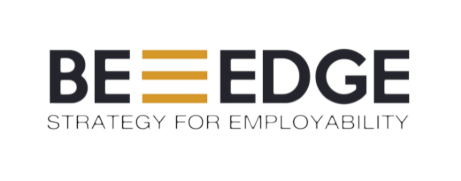
What I Learned About Writing a Case Proposal
by Analisa
When I first heard about a case proposal, I didn’t really know what it was. I imagined something complicated—maybe a long research paper or a detailed business plan. But once I looked into it, I realized it’s much simpler than that. A case proposal is really just about answering four key questions…
1) What’s my expertise?
2) Who’s the client I want to help?
3) What’s the challenge they’re facing?
4) How will I gather information to understand it better?
That’s it. Four building blocks. Nothing intimidating—just structured thinking.
Why the case proposal matters
What makes this step so important is that it sets the foundation for everything that comes after. It’s not just paperwork—it’s your starting point as a problem solver. Without a clear proposal, you can’t expect to write a strong case or present a convincing solution.
Think of it this way:
-
Your expertise shows what you bring to the table.
-
The client gives your work focus.
-
The challenge frames the problem you’ll tackle.
-
Your data plan proves you’ll approach it seriously.
Together, these elements turn a vague idea into a clear, professional project.
What surprised me most
The process felt less like “writing an assignment” and more like sketching out a plan for myself. Each section reflected something about my direction: the industries I’m interested in, the kind of problems I want to solve, and the way I approach work.
Suddenly, the proposal wasn’t just for the competition—it became a piece of my own portfolio. A résumé lists what I’ve done, but a case proposal proves how I think.
The ripple effect
Once I submitted my first proposal, I started seeing opportunities everywhere. I’d read about a company and think, that could be a case. I’d notice a challenge in an industry and immediately start framing it in my head.
That’s the hidden power of the case proposal: it trains you to look at the world like a consultant. You stop just observing problems—you start structuring them, asking the right questions, and imagining solutions.
My takeaway: A case proposal may look simple, but it’s the most important step. It’s the bridge between having an idea and building proof of your problem-solving ability. Start there, and you’ll not only set yourself up for MYCC—you’ll build confidence, clarity, and a portfolio that speaks louder than words.


